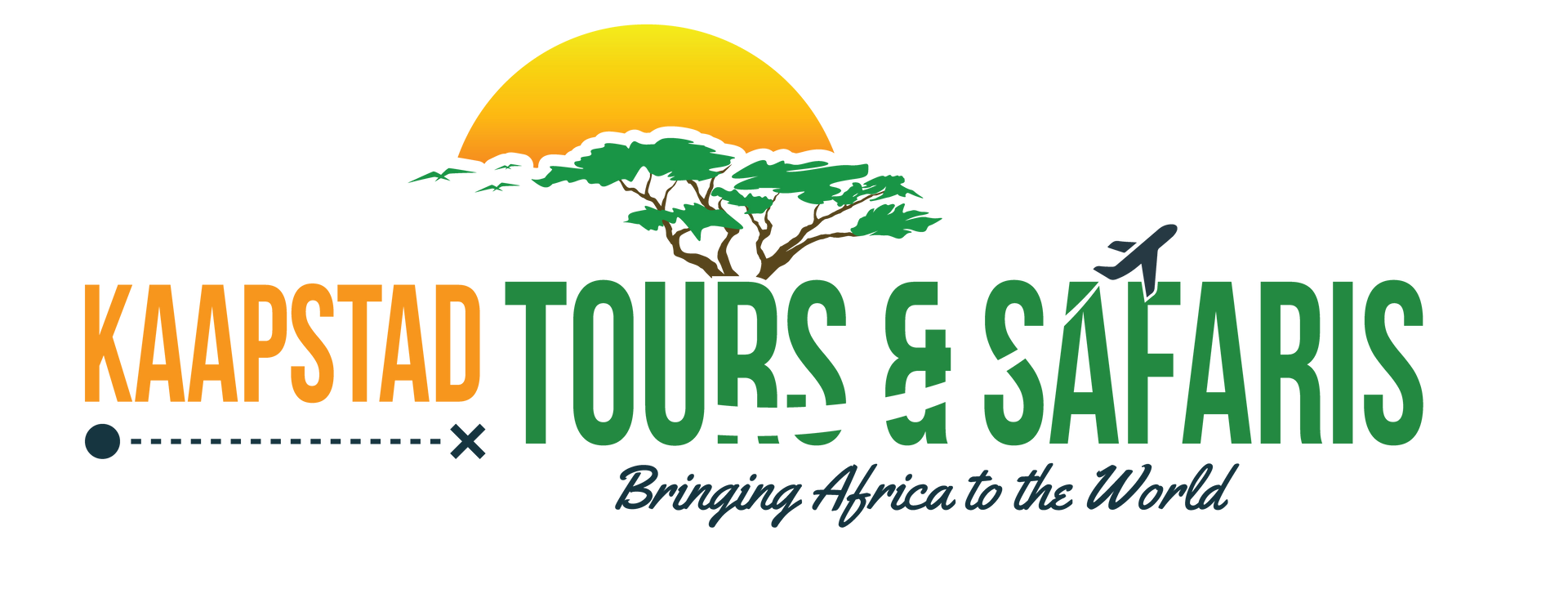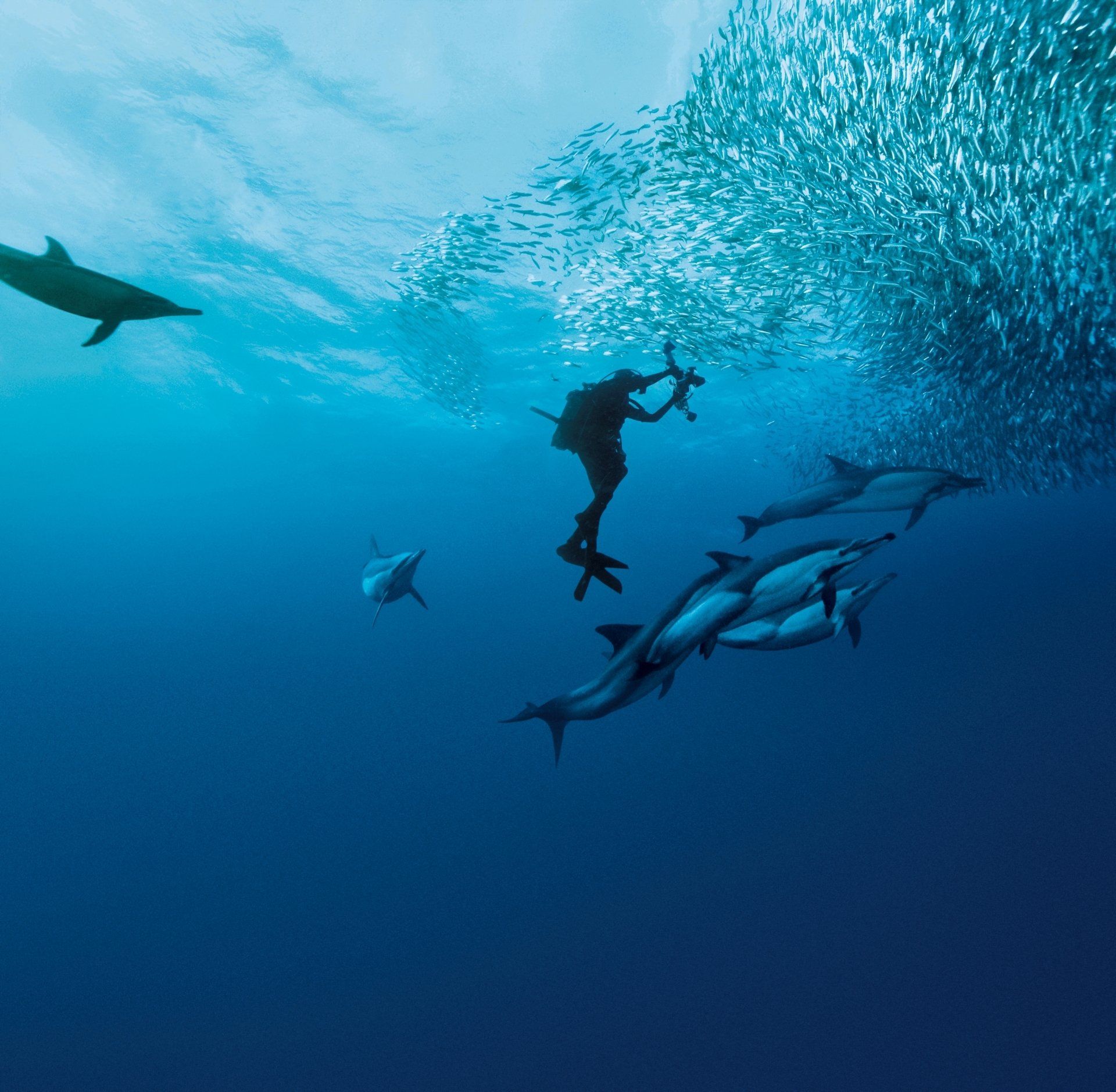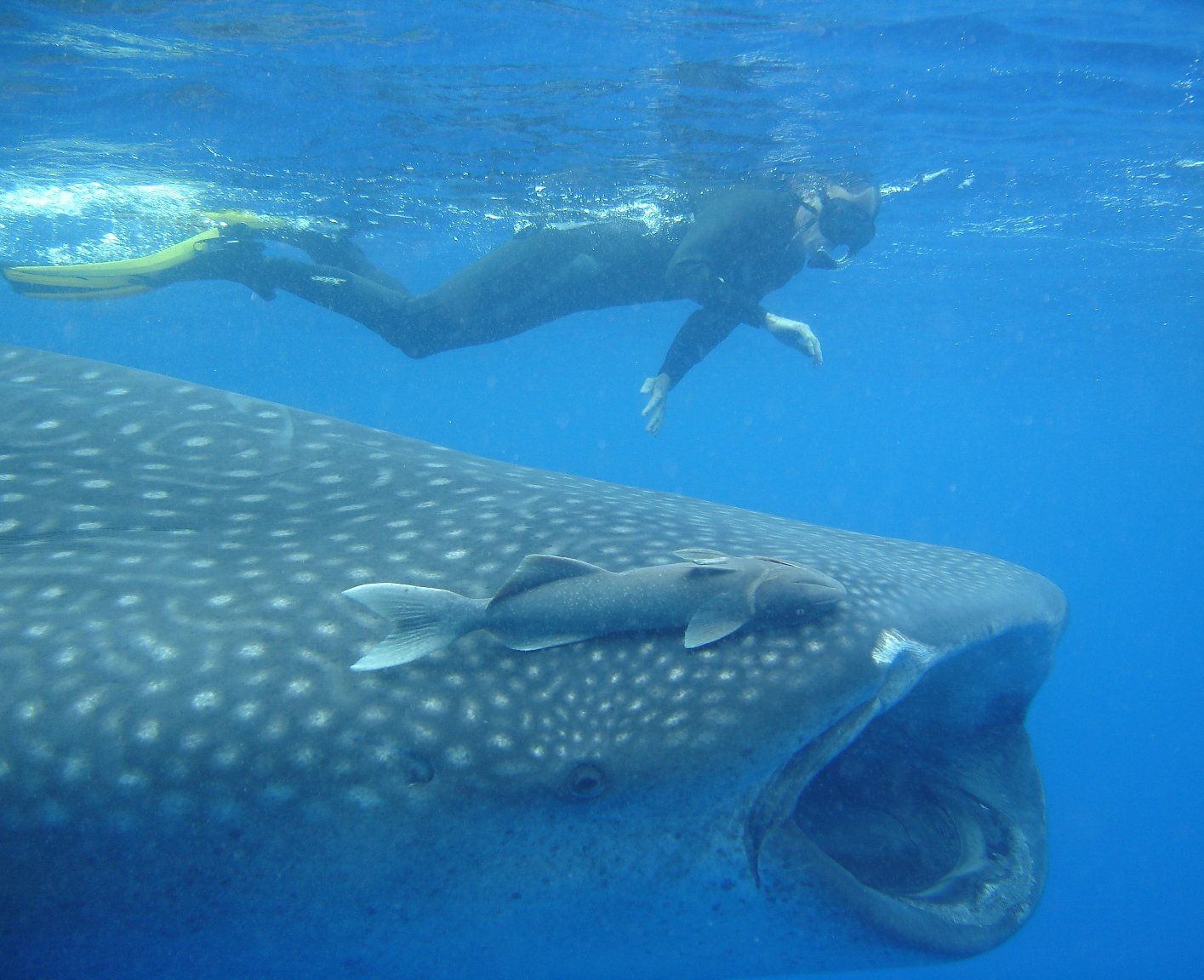ST HELENA
REMOTE PARADISE
St Helena Island is situated in the South Atlantic Ocean. The nearest land is Ascension Island, which is 1’125 km to the North West and the island is 1’950 km from the South-West coast of Africa and 2’900km from the coast of South America. At almost 122 km², it is one of the remotest islands in the world. A sub-tropical paradise, it is also one of the most spectacular as far as contrast goes.
St Helena boasts unparalleled adventure, impeccable beauty and unrefined nature. With ancient wrecks, giant stairways, great forts, natural wonders and extraordinary walks, the world within this exclusive land fleck is a world apart from anywhere else. Journey through 500 years of history. Experience the flavoursome culture and cuisine, rub shoulders with the oldest living land creature in the World or snorkel with the incredible whale shark.
St Helena has a small population, mainly descended from people from Europe (mostly planters, government employees and ex-soldiers serving in the local St Helena Regiment), Chinese and slaves (mostly from Madagascar and Asia, only a few coming from Africa from 1840 onward). The estimated population of St Helena at the end of 2016 was 4550. St Helenians, also known as “Saints”, are known for their friendliness – everyone waves and greets each other, even to passing cars.
Following the opening of the airport in 2017, visiting St Helena has never been easier. Just a short 6-hour flight from Johannesburg or Walvis Bay instead of a lengthy boat ride which is now in the past.


